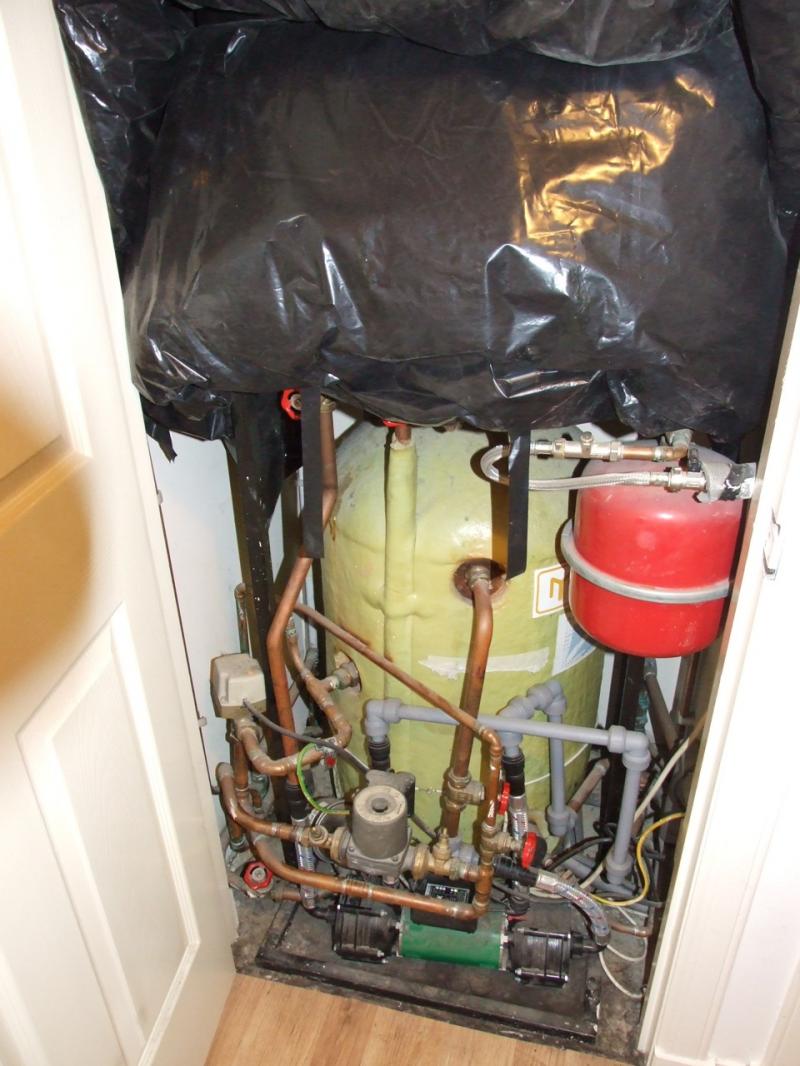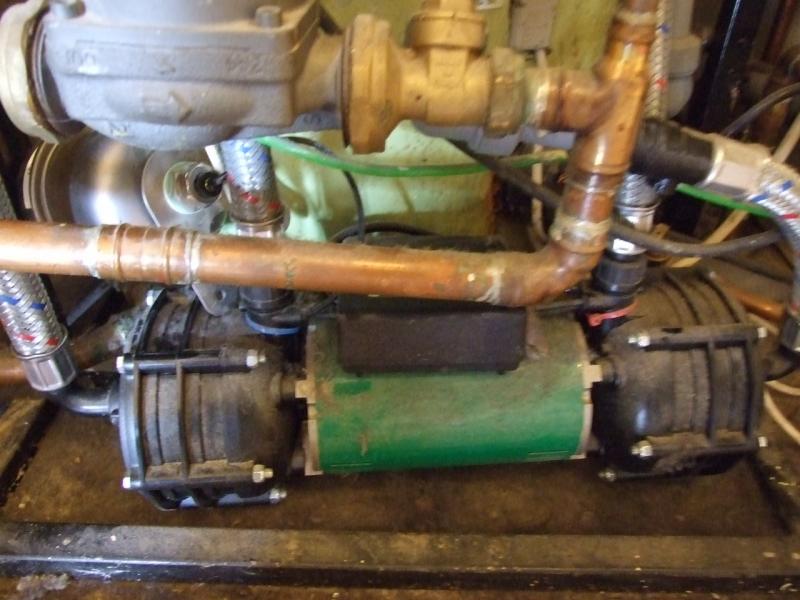Morning All,
A friend suggested I post here as he assured me the members were always freindly and helpful
Over the last three weeks, I have noticed that my shower pump has started to hunter 3-4 times per hour. I understand that they re-pressurize every few hours, but it is beginning to get a bit annoying. I phoned Salamander for advice and they told me to turn the valves off and see if the pump still hunts - other forums suggest this is not all that useful as the interruption in the water flow will stop the pump from working anyway.
As part of my homecare agreement with British Gas, I got a plumber out in case there was a leak after the pump in my plumbing system. A guy from Dyno Rod came out yesterday and said that a leak would cause the pump to hunt almost constantly as they are so sensitive. He then opened up water tank cupboard and noticed that the pressure vessel / expansion tank was on its side on the floor, behind the pump, and in front of the water tank. As soon as he spotted that he said that is the likely problem as the balloon (my girlfriends term - not sure if correct!) inside the vessel is likely to need re-pressurising as this particular one needs to be vertical. He also did mention that grit could have got into the pump, but that is less likely.
My query then, is that the pump was installed in Sept 09 whilst getting my bathroom worked on - does this time frame sound right for a problem like this to occur? Also, is it right that the builders who installed it should return and install it properly / re-pressurize the vessel? The Homecare plumber said that a standard plumber would not touch the pump, so would it be better to get a specialist in and if so, does anyone know of a good pump specialist in the Edinburgh area?
Many thanks
Steve
A friend suggested I post here as he assured me the members were always freindly and helpful
Over the last three weeks, I have noticed that my shower pump has started to hunter 3-4 times per hour. I understand that they re-pressurize every few hours, but it is beginning to get a bit annoying. I phoned Salamander for advice and they told me to turn the valves off and see if the pump still hunts - other forums suggest this is not all that useful as the interruption in the water flow will stop the pump from working anyway.
As part of my homecare agreement with British Gas, I got a plumber out in case there was a leak after the pump in my plumbing system. A guy from Dyno Rod came out yesterday and said that a leak would cause the pump to hunt almost constantly as they are so sensitive. He then opened up water tank cupboard and noticed that the pressure vessel / expansion tank was on its side on the floor, behind the pump, and in front of the water tank. As soon as he spotted that he said that is the likely problem as the balloon (my girlfriends term - not sure if correct!) inside the vessel is likely to need re-pressurising as this particular one needs to be vertical. He also did mention that grit could have got into the pump, but that is less likely.
My query then, is that the pump was installed in Sept 09 whilst getting my bathroom worked on - does this time frame sound right for a problem like this to occur? Also, is it right that the builders who installed it should return and install it properly / re-pressurize the vessel? The Homecare plumber said that a standard plumber would not touch the pump, so would it be better to get a specialist in and if so, does anyone know of a good pump specialist in the Edinburgh area?
Many thanks
Steve



